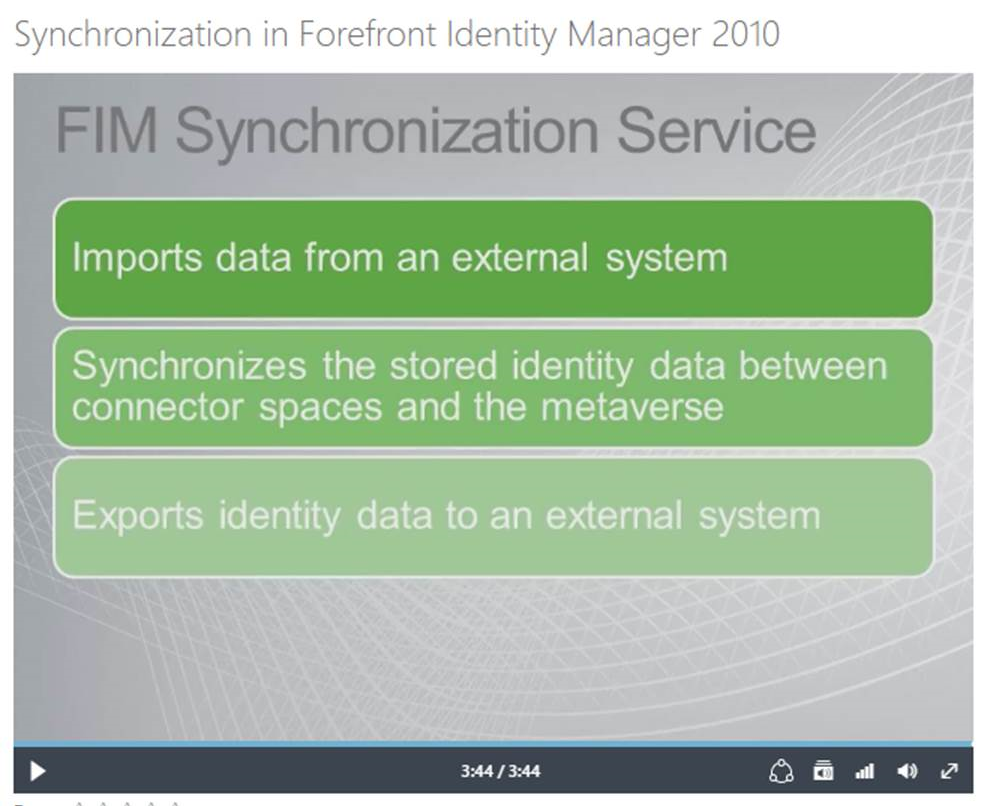
For me my work has always been a passion, and for some time now that’s been a mix of MIM, Azure AD (now specifically ‘Entra’) and at times other technologies such as SoftwareIDM’s Identity Panel, UNIFY Broker and OptimalIDM’s VIS when something not OOTB from Microsoft is required.
Nothing has changed at all in that regard, but there’s definitely a new spring in my step in 2023.
I needed a new focus, and for me that could only come with significant (and sometimes painful) change. It was time to clear out some of the peripheral clutter occupying my attention, and to do that nothing less than a complete reboot was what it was going to take … so after 18 full (to overflowing) years at UNIFY I’m excited to have joined the team at SoftwareIDM to take the Microsoft Workplace Identity world to what I believe is already the next level in automation and orchestration!
Much has changed since my 2020 post on what was soon to become the new Entra branding for Identity and Zero Trust in Microsoft Azure:
- App Provisioning has taken off with hundreds of tutorials now published for apps supporting SCIM to complement Azure SSO
- Onboarding workflows are now in Public Preview
- Identity Governance has now matured to include guest onboarding with automation around cross-tenant sync also in Public Preview
- HR Provisioning soon to provide a generic option beyond Workday and SAP SuccessFactors
Yet today, while some features were long ago marked as deprecated we still have MIM 2016 Synchronization holding things together (under standard support for Azure AD Premium customers). In particular it’s use is still current Microsoft guidance for the following On Premises scenarios:
- HR Provisioning – for HR systems other than SuccessFactors or Workday
- B2B Guest Access – when extending guest access on premises
- Password Synchronization – when syncing passwords when federation is not (yet) an option
By the time we get to January 2029 and MIM finally comes out of extended support, it will be 3 decades since Microsoft acquired Zoomit and rebranded it as Microsoft Metadirectory Services! Many would say that’s quite an incredible accomplishment, and testament to a solid piece of technology!
Yet while we wait for the Azure replacement for MIM to come to fruition, those of us who have been around long enough will know that there will always be compromises involved if we are to let go of MIM altogether. These might not seem significant for some, but for others some has already become critical, such as full end-to-end lifecycle management for what Microsoft have referred to now for years as hybrid or “synchronized” identities in Azure.
For many years now, the writing has been on the wall for MIM, and other technologies have long been lining up to take on customers who could wait no longer, or weren’t prepared to take what they saw as risks. Yet for others MIM still represents what they see as the best available option, and as such will no doubt be around for a long time to come, perhaps even beyond 2029.
For me, I am not one to sit back and wait for things to happen. That’s why I’ve hit the reboot button and joined SoftwareIDM, in the belief that by doing so I will be in the best position to help both customers and consultants like me who’ve loved solving the problems that MIM solves well, and don’t want to lose the flexibility it offers, particularly when it comes to something missing OOTB.
More recently it wasn’t just the flexibility but also the built-in safety features incorporated in the best MIM implementations (and operations guides) that we are now discovering are missing in most cloud-hosted alternatives. I’m happy to say that Identity Panel with HyperSync not only succeeds in this regard, but also provides the reporting, auditing and operations features we MIM folk have always craved. It even covers off password sync for those sites where perhaps this is the last non-negotiable MIM sync feature keeping the lights on.
Understandably there’s now a spike of interest in people wanting to know more about Replacing MIM with Identity Panel.
So yes there’s a spring in my step right now, and it’s only getting bigger.




You must be logged in to post a comment.